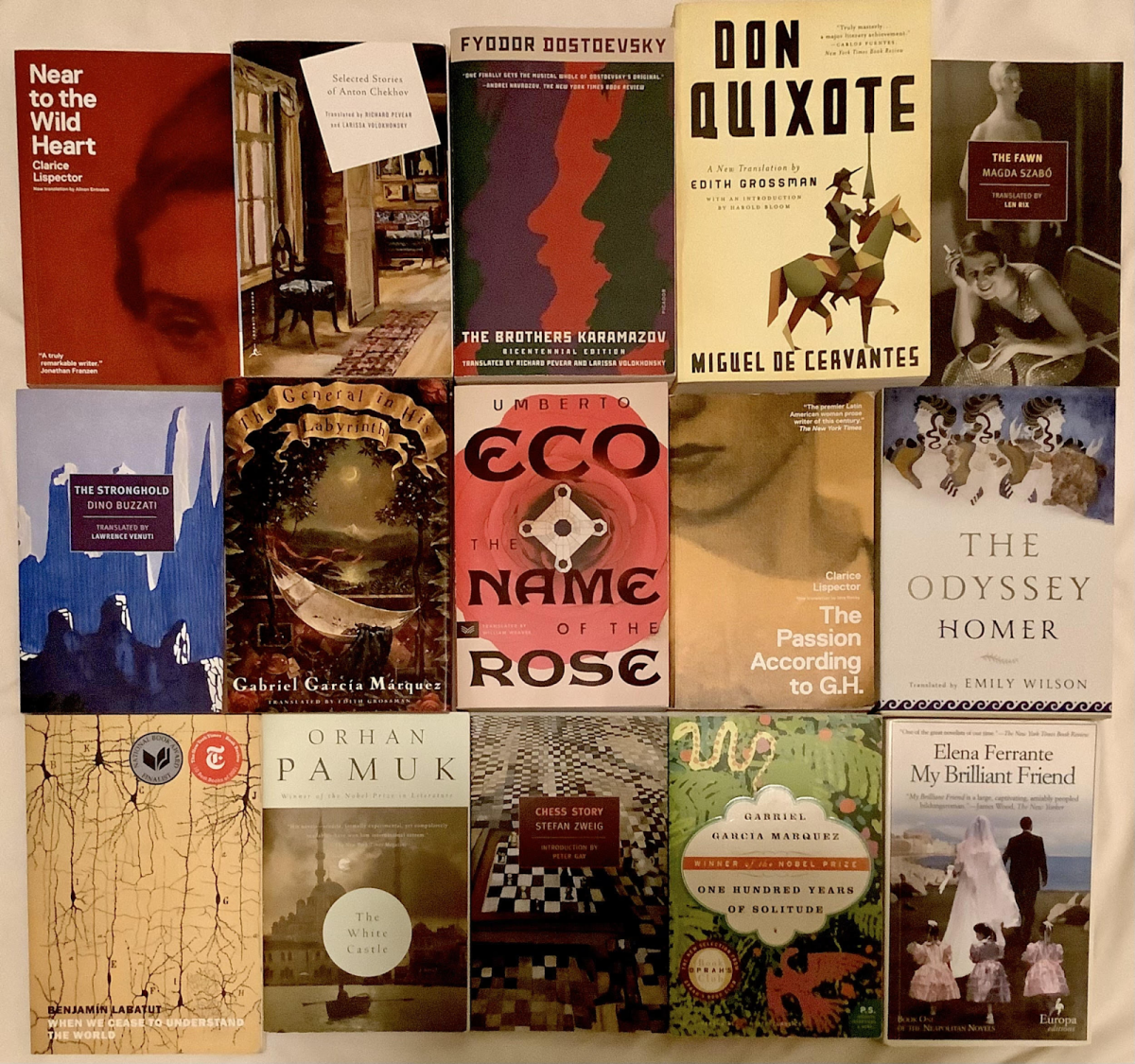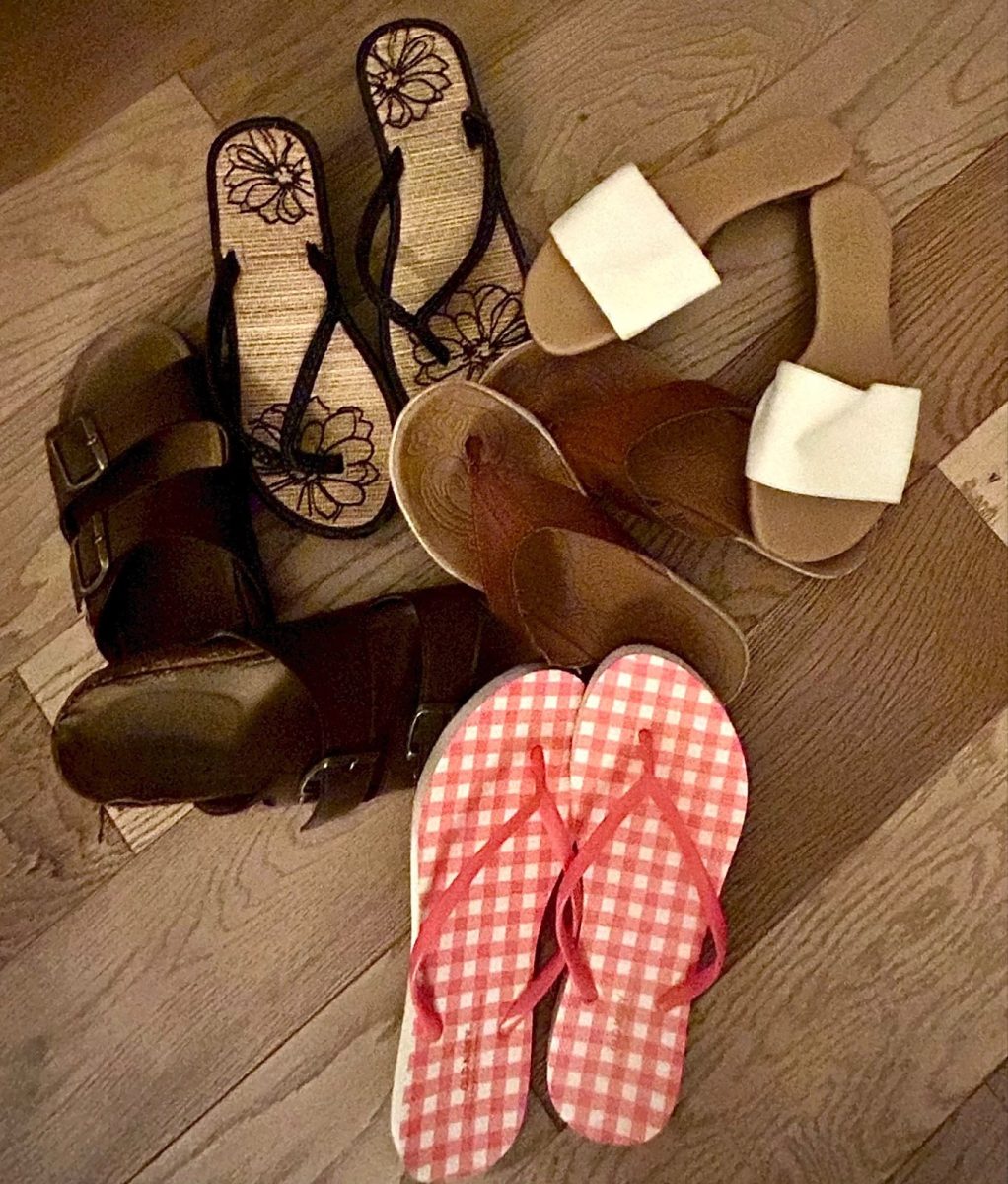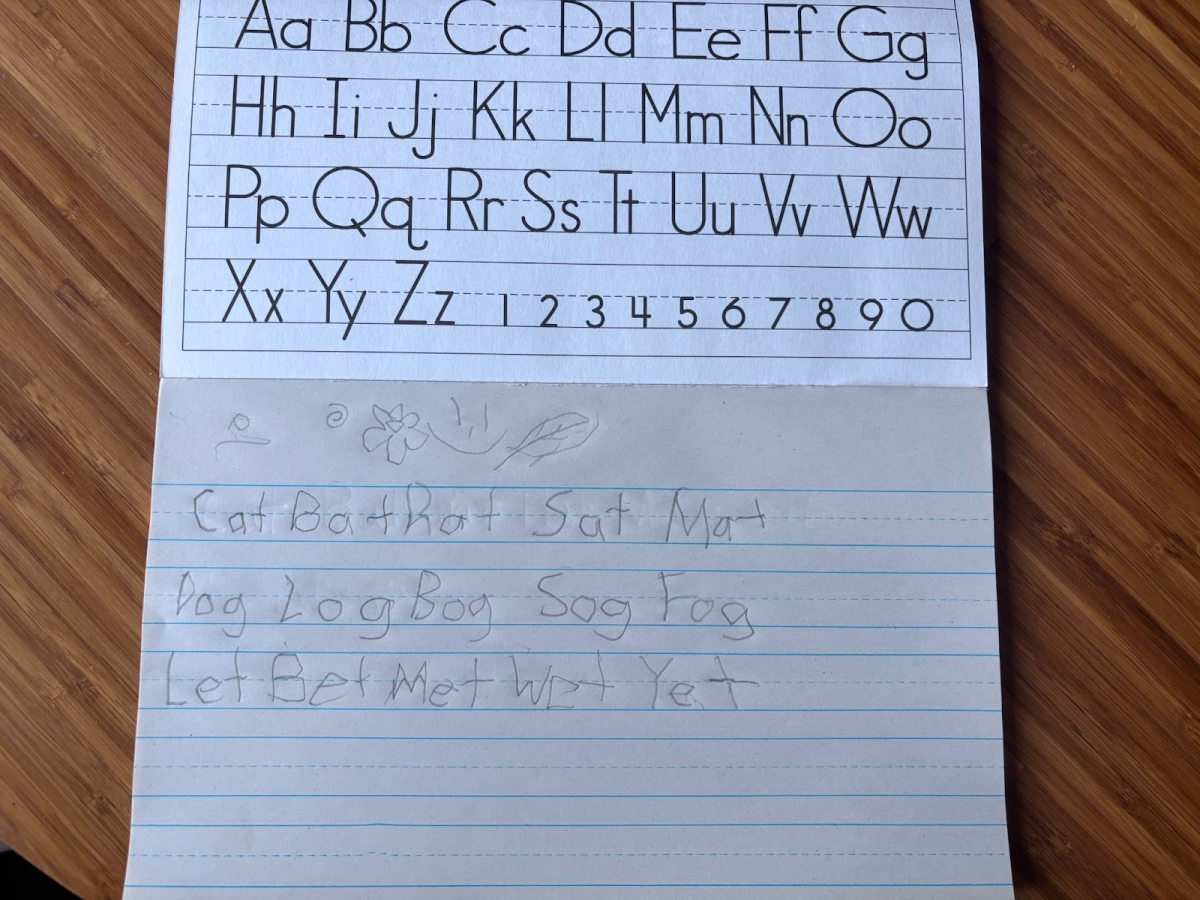
The art of crafting is everywhere. From poetry to beer-making, craft is a term that applies to nearly any practical application of creativity. Yet no matter what it looks like, crafting is well-loved for the universal satisfaction of creating something from scratch, all on your own. Even as toddlers, we know that there’s joy to be extracted from smearing paint across paper/the floor/walls, or cutting and gluing popsicle sticks together into something unidentifiable that will hang on your Christmas tree for the next eighteen years. In a more adult context, it really is gratifying to decorate your home, fill your wardrobe, or check things off your gift-giving list with homemade pieces. In addition, there’s a little twinge of pride that comes with seeing the shocking in-store prices you dodged with your DIYs, and with saying, “thanks, I made it myself,” when someone compliments your funky knit sweater.
Because crafting is such an overarching title, for the purpose of this article I’m narrowing the definition down to things that might be found on a Jo-Ann coupon: crochet, sewing, knitting, and anything else that falls into that mostly textile-based category. To anyone who came hoping for tips on how to get started on their marble statue or crème brûlée, I apologize, though hopefully there’s still something to be gained for everyone.
If you’re like me, some of your first attempts will make this venture feel a little daunting, and show you that for as much fun as it is, crafting is also difficult. As an amateur crafter, and someone who has made huge numbers of mistakes, I’m not sure I’m the one to advise you if your goal is to see smooth sailing from the start. I believe in you and everything, but the best thing I could recommend would be to maybe consider setting a different goal. Regardless, many of my mistakes have ended up as learning experiences, and my hope is that some of that learning might help someone else in their craft debut. With that, here are four tips for beginning crafters.
1. Make Time
One of the most difficult things about crafts is that they don’t have to be a top priority. It’s easy to decide that there will be a time in the future where you’re finished with everything else, and there will be nothing to worry about except figuring out how embroidery hoops work. Skirting around that heavy truth about the constant and unrelenting nature of responsibility, I’ll tell you that you probably won’t come across such a time, and you’ll have to make it yourself. Maybe it feels silly to set aside a block in your calendar just for cross-stitch, but it can be helpful to provide yourself some structure if you’re struggling to get started. After all, deciding to learn means not only deciding it’s a priority, but also taking the steps to make it one.
2a. Get the Right Materials
To best illustrate this point, I’ll tell the story of my first crochet project. I was excited about the idea of making a hat, and my mom had just brought home a random handful of crochet hooks from the Goodwill Bins. I picked one up, uncovered a ball of thick rainbow yarn from somewhere in my house, and fast-forwarded through the first three minutes of a ‘how to crochet a hat’ Youtube video, in which the creator stated what was needed to make a hat. After all, I didn’t need that part, I already had everything! However, what I actually had was everything I needed to make a rainbow-colored, vaguely hat-shaped monstrosity. It was a disappointment, especially because I’d spent hours on that monstrosity with the conviction that eventually it would look just like the video. Somehow.
Anyways, I don’t know if it’s just me, or if we as humans have some tendency to half-commit to things when we’re first trying them, even if we’d really like to learn and do them well. But I do know that it’s worth it to pay attention to the correct materials for what you want to make, and buy them if you can afford it. If not, it doesn’t hurt to ask friends or family to borrow something you need. Knowing what you’re looking for also makes it easier to find close replacements, or create your own solutions when it’s just not accessible. Sure, maybe it’s part of the adventure to muddle your way through with what you’ve got, but in the end, you’re putting a lot of time into that work. You’re probably going to have a much easier time learning, and a more satisfying end product, if you have everything you need.
2b. Read the Instructions… and Follow Them
This probably seems pretty obvious. Unfortunately, instructions are the worst enemy of the impatient, and some disciplines of craft come with a slew of extra terms and techniques that compound this issue. For example, just winding the thread on a sewing machine takes at least four steps, followed by the rare alignment of Jupiter and Saturn and the blessing of a monk to allow you to poke your stupid, fat, frayed thread end through the itty bitty eye of the needle. However, like paying attention to your materials, taking the time to understand the instructions is crucial to future success.
There’s also not much that can be done to simplify or hasten this step. You may not always need to know the provided pamphlet by heart before touching any materials, but some reading or research will be required when you start, and then again each time you get stuck or lost. I can tell you first hand that when you decide to just go for it and stab a blob of felt randomly with your needle, it won’t turn into a cute little dog figure. However, reading instructions doesn’t have to be all bad! Following along and going step by step allows you to get started almost right away, while still having some focus and direction in your work.
3. Be Ready To Mess Up
I return to my crochet story from step 2a to admit I left one part out in my first telling, but only because I think it’s important enough to have its own section. After skipping those crucial first three minutes, I dove into my Youtube video ready to follow along. Within a couple minutes, I’d figured out my stitch and was getting into a pretty good rhythm. However, I was mildly displeased by my discovery of a second step to crocheting, which is counting stitches. I’d anticipated a mindless activity, but found I had to focus to keep track of where I was, and so eventually I got lazy and impatient. I knew I’d gone wrong somewhere when what I thought was twenty-four stitches only got me most of the way through a twenty-four stitch row, but I didn’t care. Even the lady in the video lost count and undid her work to fix a mistake, but I couldn’t imagine how bad it would really be to just power through and throw in a couple extra stitches.
As I previously established, it was indeed very bad. So, believe me, I understand the frustration of messing up. Instead of stubbornly pushing ahead when you realize something has gone awry, try to take a deep breath and realize that it’s better to rewind and do it right in a second, or maybe third or fourth try. The seam ripper is not your enemy, as much as it feels like it.
For those who feel like their mess-ups are constant and unavoidable, it may be time to invest in a few extra tools to assist in keeping things precise and correct. Seam gauges and rotary cutters are both helpful in sewing, the former for keeping your seams even and the latter allowing smooth, efficient cuts of fabric. Additionally, stitch counters are great for crochet or knitting, and even just embroidery scissors can make your embroidery and cross-stitch projects a little easier. Whatever it is that will help you, one of the stores from my personal craft holy trinity —Micheals, Jo-Ann, and Amazon—probably sells it.
4. Don’t Give Up!
To be quite honest, I give you this advice with fabric lying around my house half-pinned, a crochet stuffed penguin with one wing and no feet, and stacks upon stacks of torn out magazine pages, waiting to be collaged. Yes, it’s easy to keep deferring that first step to get started. However, I’ve found it’s even easier to start, then say, ‘ok great! I’ve started, and now I have momentum!’ and then drop any discipline in continuing, assuming that my “momentum” will carry me through the next three months of ignoring the project.
So, how do you stay focused on your crafts? Well, there isn’t really a perfect answer. For some people, creating a club or group to keep each other motivated is a good solution. Maybe you find that continuing to write it on your calendar works for you. Whatever you choose, it’s also important to note that if it’s really feeling like a chore, no matter what you do, you may just not like it as much as you think. Crafting is a hobby, for you and your enjoyment. There’s no shame in finding something new, whether that be in the craft world or elsewhere, that’s better suited to you.
I think I’ve made my point about the struggles of crafting. I’m also aware that my personal anecdotes haven’t given you much of a reason to believe in my ability to actually do any type of craft, or really anything that requires an attention span exceeding thirty seconds. Hopefully it hasn’t scared any potential beginners away. For those who remain, I want to reestablish that it’s also a lot of fun! Keeping at it has helped me curb some of that impatience, and given me the skills to do anything from altering and upcycling old clothes for a better fit to making jewelry, hats, bags and stuffed animals by hand.
Once things start to make sense, I hope you’ll find that your knowledge allows you to create truly heartfelt gifts, express yourself creatively, and connect with fellow craft-lovers. It’s extremely rewarding, and worth the effort! In the end, success boils down to your commitment to, like Nike says, just doing it. My final advice is to be patient and resilient, and to Google those little letters and numbers on your crochet hooks because, yes, they do mean something. Good luck!

































